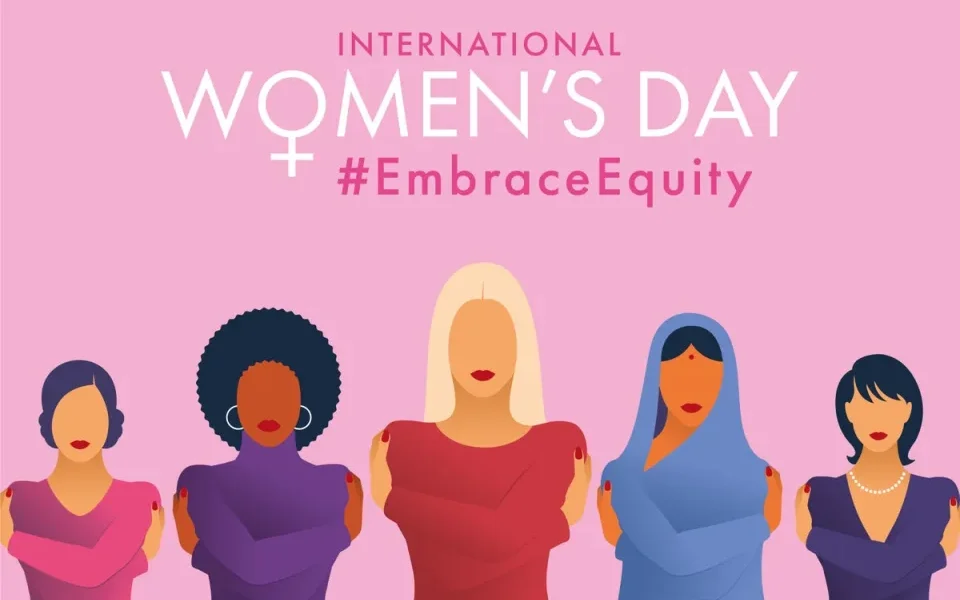The specific holiday honouring women’s societal and economic accomplishments always falls on 8 March, known as International Women’s Day (IWD).
The event was first recognized by the United Nations in 1975 and has since been celebrated by more than 80 countries worldwide. The day has also been a significant part of the women’s rights movement and helped create conversations about gender biases.
How did International Women’s Day begin?
The origin of the holiday dates back to 1908 when 15,000 women marched through New York City to demand change within their society, as noted on IWD’s official website. They demanded shorter working hours, better pay and voting rights.
On 28 February 1909, the first National Women’s Day was observed. One year later, Clara Zetkin, a member of the Social Democratic Party in Germany, suggested the idea of a Women’s Day that would be held “every year in every country” on the same day “to press for their demands.”
After an agreement was made in Denmark in 1911, International Women's Day was honoured for the first time in Austria, Denmark, Germany and Switzerland on 19 March. It was moved to 8 March 1914 and has stayed the same since.
The United Nations officially recognised IWD in 1975.
What is this year’s theme?
The International Women’s Day website announced that this year’s theme is #EmbraceEquity. The organisation notes that a “focus on gender equity needs to be part of every society’s DNA”.
They also highlight the difference between equity and equality, explaining that the former means “creating an inclusive world” through acts like “challenging gender stereotypes, calling out discrimination, drawing attention to bias”, and “embracing diversity”.
Another campaign goal is to “get the world talking about Why equal opportunities aren’t enough”.


